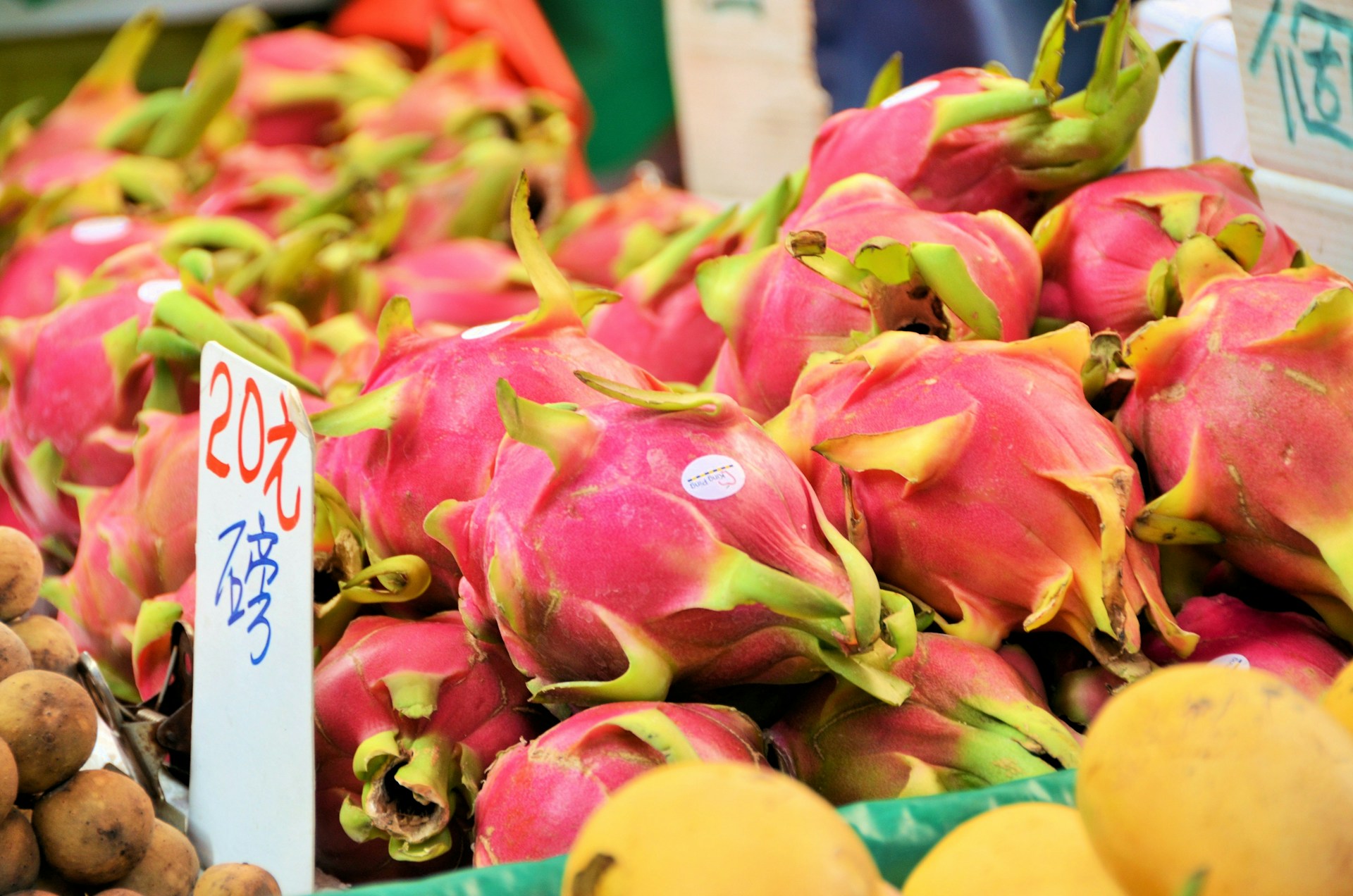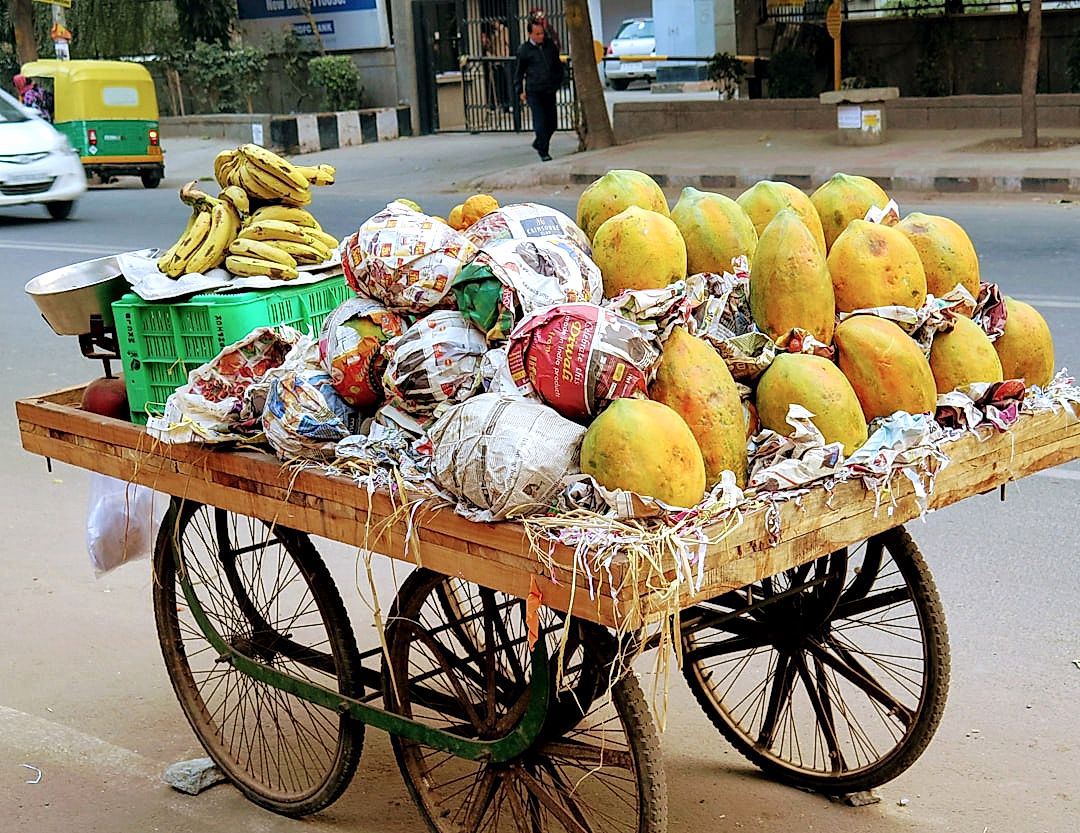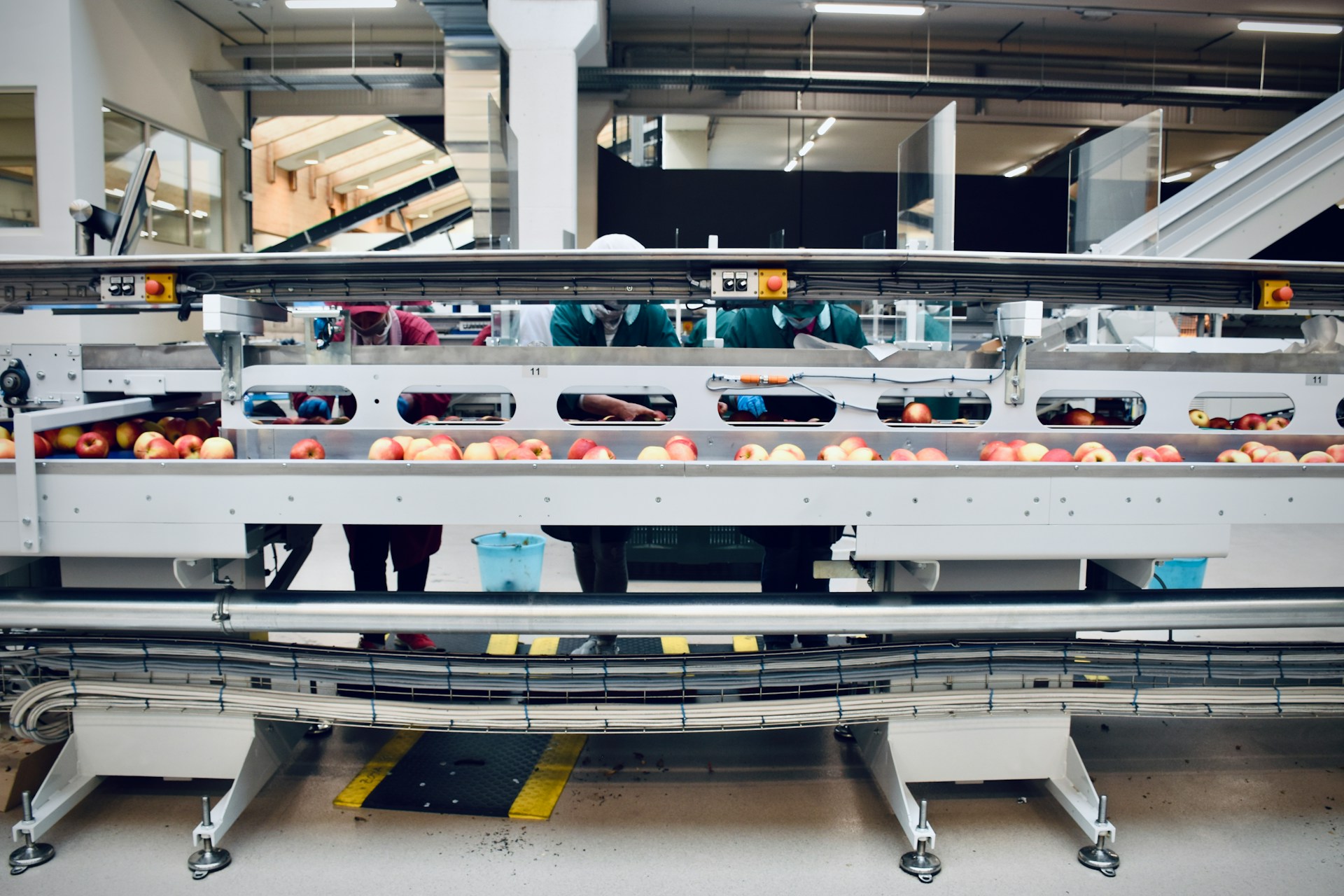Food contamination remains one of the largest concerns within the realm of agricultural production.
Despite great strides in technology, the produce packing industry still faces major challenges when it comes to food safety.
With the rise in demand for fresh, high quality produce, these challenges need to be addressed more urgently than ever.
This has prompted a wave of innovation, paving the way to smarter, safer and more efficient packing practices in the industry.
Solutions span numerous techniques and technologies, each designed to better preserve the integrity of produce during its transition from farm to consumer.
In this blog, we will delve into some of these ground-breaking methods, elucidating their benefits and their role in enhancing food safety.
Innovative Solutions For Food Safety In Produce Packing
1. Automation Technology for Reduced Human-Touch
Automation is making revolutionary impacts in different industry sectors, including the food packaging industry.
The food packaging industry revolves around ensuring that food is well-packaged and safe for consumption, and automation technology is one of the game-changing solutions in this space.
Also known as touchless technology, this innovation ensures limited human hands interact with the produce during processing, thus enhancing food safety enormoulsy.
Automation technology offers a range of solutions including the sorting, washing, and packaging of produce, thereby stepping up the quality of food safety protocols.
The technology reduces the risks of contamination that may originate from human handlers, an aspect that greatly contributes to enhancing food safety measures.
These automated systems are often faster, more accurate, and more efficient at sorting, packaging, and labeling produce, which leads to a reduction in the processing time.
Moreover, the technology allows for easy sanitization between the processing of different batches of produce reducing further the risk of cross-contamination.
By limiting human interactions with the food, automation technology also alleviates risks related to human errors, hence ultimately increasing food safety.
Moreover, automation technology in food packaging can be fine-tuned to meet specific needs and regulations of different regions, thus providing a flexible solution for food packaging across the globe.
Automation technology, equipped with AI and robotics, can also help in identifying and eliminating defective products at an early stage, thus ensuring only safe produce reaches the consumers.
These machines are also designed to handle a variety of products, which makes the technology a versatile solution, thereby promoting food safety across different types of produce.
Another advantage is that automation technology comprises of systems that can easily be monitored and controlled virtually, allowing for remote supervision of the food packaging process.
This remote monitoring feature not only ensures that the process is running smoothly, but it can also detect problems early and correct them, maintaining the safety of the food.
While the upfront costs of implementing automation technology may be high, in the long run, the investment pays for itself through increased efficiency, improved safety, and reduced labor costs.
In a nutshell, automation technology for reduced human-touch offers a sustainable path forward for the food packaging industry to guarantee food safety while staying competitive.
2. Biodegradable, Antimicrobial Packaging Integrated
Bringing a revolution in the food packaging sector, the use of biodegradable, antimicrobial packaging has emerged as a promising innovation.
This form of packaging not only addresses the global concern of plastic waste, but also ensures enhanced food safety by inhibiting bacterial growth.
Biodegradable packaging materials are designed to break down completely over a period of time under natural conditions, reducing the environmental footprint.
The integration of antimicrobial substances into these packaging materials can inhibit the growth of foodborne pathogens and spoilage microorganisms.
This dual role of being environmentally friendly and maintaining food safety makes biodegradable, antimicrobial packaging an optimal solution for produce packing.
Biodegradable, antimicrobial packaging ensures a high level of food safety while also contributing positively to the environment.
There is a variety of natural polymers such as chitosan, starch, and cellulose that can be integrated with antimicrobial agents to create this innovative packaging.
Meanwhile, the introduction of nanotechnology enables the creation of nanocomposites that enhance the mechanical, thermal, and gas barrier properties of these packaging materials.
This innovative approach not only extends the shelf life of fresh produce but also maintains product quality and safety.
Moreover, advancements in technology have brought about active biodegradable packaging, which is capable of interacting with the produce and its environment to extend its shelf life.
With an incorporation of ingredients that absorb or release compounds, active packaging could serve to either absorb unwanted substances or release preservatives.
Biodegradable, antimicrobial packaging also offers added benefits like moisture control, which is critical for enhancing the storage life of the produce.
The new designs, functionalities, and material properties of these packaging solutions allow them to ensure optimal freshness and safety of the produce from farm to table.
Adopting this solution in the produce packing industry would involve certain challenges like increased cost and regulatory obstacles that need to be addressed.
However, the potential benefits of biodegradable, antimicrobial packaging in terms of safety and sustainability are possibly game-changing for the food industry.
3. Real-Time Temperature Monitoring Systems
Modern technology has brought forth innovations that significantly improve food safety in produce packing.
One particularly impactful development is the emergence of real-time temperature monitoring systems.
These systems serve as a critical component in maintaining the freshness and safety of produce during its journey from farm to market.
Preserving an appropriate temperature is vital in preventing the growth of foodborne bacteria and deterioration in the quality of fresh goods
The role of real-time temperature monitoring systems is not only to maintain the right temperature but to provide continuous information about the status of the produce.
Produce companies can use this data intelligently to detect potential issues before they significantly compromise the quality or safety of the produce
Moreover, these systems can send alerts if the temperature in the storage or transportation unit has deviated from the set range
This allows immediate corrective action to be taken, protecting the integrity of the produce and saving substantial costs that can result from spoilage
Furthermore, chaining this with blockchain technology, traceability is also assured with this technological leap.
Accurate information on the temperature history of the produce can be recorded and accessed when necessary.
The use of real-time temperature monitoring systems holds promise not only for single enterprises but also for the broader global supply chain.
It establishes a safety standard that if generally adopted, can ensure much safer delivery of produce across borders.
This technological advancement goes hand in hand with the increasing calls for transparency and accountability in food manufacturing and delivery.
Given the delicate nature of fresh produce and the speed at which it gets to the consumer, the application of real-time temperature monitoring has proven to be especially valuable.
For consumers, it enhances confidence in the safety and quality of the products they buy.
For produce packing businesses, it pushes them forward, positioning them at the cutting edge of industry innovation and best practices for food safety.
4. Blockchain Traceability for Transparent Supply Chain
Blockchain technology has become a game changer in many industries, and the sector of produce packing is no exception.
The integration of blockchain traceability provides an innovative solution to enhance food safety.
Blockchain, originally developed for digital transactions, has shown its capability to offer transparency and visibility throughout the supply chain.
One of the significant benefits of such technological adaptation is enhanced traceability.
Blockchain enables tracking any transaction, product exchange, or movement of produce from farmer to consumer with impeccable detail, thus driving food safety high.
A transparent supply chain is pivotal in ensuring that the products reaching the consumers are safe and of high quality.
Blockchain applies the principles of decentralization and distribution, ensuring no single entity has complete control over the information, making data alteration nearly impossible.
These factors contribute to reliable verification processes that improve consumer trust.
In the event of food safety issues, having a blockchain-enabled supply chain can rapidly trace the source of contamination.
Transparency enables regulators and businesses to take swift action to remove contaminated items from the supply chain thus mitigating potential health risks.
Blockchain traceability is not limited to the point of origin but extends to packaging, transit temperatures, transit times, and even food processing details.
This way, it ensures that food safety standards are enforced throughout the supply chain.
Incorporating blockchain technology also encourages responsibility and accountability among all participants in the supply chain.
The role of blockchain wouldn’t just be significant for consumer safety but can also play a crucial role in reducing food waste by improving the efficiency of recalls.
Overall, the transparent and detailed nature of a blockchain-enabled supply chain can significantly improve food safety in produce packing.
5. Edible Protective Coating for Fruits/Vegetables
The exploration and application of edible protective coatings for fruits and vegetables is an innovative solution that significantly enhances food safety in produce packing.
This groundbreaking technology works by providing a protective layer around produce, extending its lifespan and enhancing freshness while minimizing waste.
The coating’s edible nature allows for consumption alongside the produce, eliminating the need for removal and thus reducing potential exposure to harmful bacteria.
The development and utilization of these coatings are a response to increasing consumer demand for natural, safe, and functional foods.
Additionally, these coatings act as a vehicle for incorporating antimicrobial agents, further protecting the produce from contamination and spoilage.
A range of natural substances, such as proteins, lipids, and polysaccharides, are used to create these edible coatings, catering to the rising popularity of organic and natural food products.
Manufacturers are continuously researching and testing various combinations of these substances to determine the best formulation for optimal protection and safety.
The integration of these coatings into packing processes is made simple due to their versatility and adaptability, as they can be applied through dipping, spraying, brushing, or spreading.
Produce coated with these films maintain their original flavor, aroma, and texture, ensuring a high-quality consumer experience post-purchase.
Implementing edible protective coatings in the produce packing industry can reduce reliance on synthetic preservatives, subsequently lowering produce exposure to potentially harmful chemicals.
Not only does the use of edible coatings improve the safety and quality of packed produce, but it also encourages more sustainable agriculture practices due to its natural composition.
Edible coatings also contribute to a reduction in plastic usage in food packaging, further emphasizing their environmental benefits.
Government regulations and food safety standards are increasingly becoming favorable towards the use of such innovative techniques in food packing.
In the coming years, the impact of edible protective coatings on food safety and produce packing will likely continue to evolve and grow.
The potency of edible protective coatings forms a vital foundation in the development of future food safety strategies in the agri-food sector.
The Bottom Line
Advanced technologies are dramatically reshaping the food industry, with drastic reductions in human touch due to automation playing a vital role in increasing efficiency and mitigating risks of contamination.
Innovations like biodegradable and antimicrobial packaging represent a huge leap for both food safety and environmental sustainability.
Meanwhile, real-time temperature monitoring systems provide an additional level of protection and accuracy in ensuring foodstuff stays in optimal conditions throughout its entire journey.
Blockchain technology enables full transparency in the supply chain, fostering trust and accountability, while novel developments such as edible protective coatings for fruits and vegetables add another layer of food preservation.
These technological advancements signify a radical revolution in the food industry, promising enhanced food safety, reduced waste, and greater transparency.




